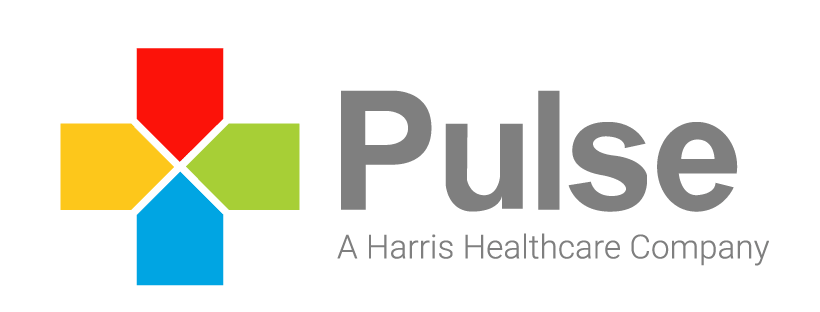This blog is the first in a two-part series on the value of strategic revenue cycle management partnerships for practice management within physician practices. In our second blog of the series, we’ll cover three ways a value analysis can drive unexpected efficiencies for physician practices.
How are Quality Reporting Workflows Impacting Your Revenue?
The cost of quality reporting is estimated at $40,000 per physician, but the impact is even greater for physician practices whose workflows don’t support highly accurate, timely charge entry.
Consider that in 2019, 45 percent of an eligible clinician’s score under MACRA’s Merit-based Incentive Payment System (MIPS) track is based on quality performance. If the quality data codes (QDCs) are not submitted correctly or on time to the carrier—such as through billing software or a clearinghouse—the eligible clinician could experience a negative payment adjustment for the performance year.
How can physician practices better ensure their quality-reporting processes support strong performance under quality payment programs? Joining forces with a strategic partner can help practices finalize charges in a timely manner so that all necessary data is included and the most accurate QDC can be applied.
Taking a Closer Look
QDCs are selected using set parameters outlined in the individual measure specification. So long as the necessary information is present, an appropriate QDC can be selected—regardless of time lapsed. However, when practices struggle with charge entry lag—which occurs when physicians don’t complete their charts in a timely manner to ensure all information is included—this strains the practice’s ability to match the correct QDCs to the claim. A recent study shows missing or lagging charges are providers’ leading charge capture challenges, with 34 percent of respondents reporting that it takes a three to seven days to capture charges.
Not only does charge entry lag impact the amount of time it takes to apply the most accurate QDC, but it also delays revenue. The longer it takes to submit a claim, the longer it takes to get paid. Forty-one percent of survey respondents to the above mentioned study say the time between charge capture and bill submission is four to seven days; while 24 percent say it takes one to four weeks.
Practices should work with their medical staff and partners to ensure charges are entered in as soon as possible—preferably, within 24 hours or less. For example, forward-looking organizations are adopting innovative tools like physician scorecards to track whether physicians are meeting minimum standards for charge capture. Others have added custom templates to the electronic health record to improve the usability of its digital charge capture system.
The examples here could be adjusted based on Pulse’s experience.
In addition, physician practices should audit charges regularly to determine whether the correct codes are being used. The study referenced above also found 20 percent of charges are under-coded or over-coded. These results point to the need for additional training for physicians to support more accurate charge entry—and, thus, accuracy of QDC codes.
By taking proactive steps to ensure timely charge entry and joining forces with a strategic partner, practices can be better prepared to maximize revenue and ensure long-term practice success.
Talk to Us
Pulse Systems, Inc., was named a “Top-Performing Vendor” for RCM services for small physician practices by KLAS in 2016. Pulse’s service rankings were far above the market average for ambulatory practices in the 2016 Best in KLAS Ambulatory RCM Services Awards.
Find out how Pulse could make a difference for your physician practice. Learn more about Pulse RCM solutions.
